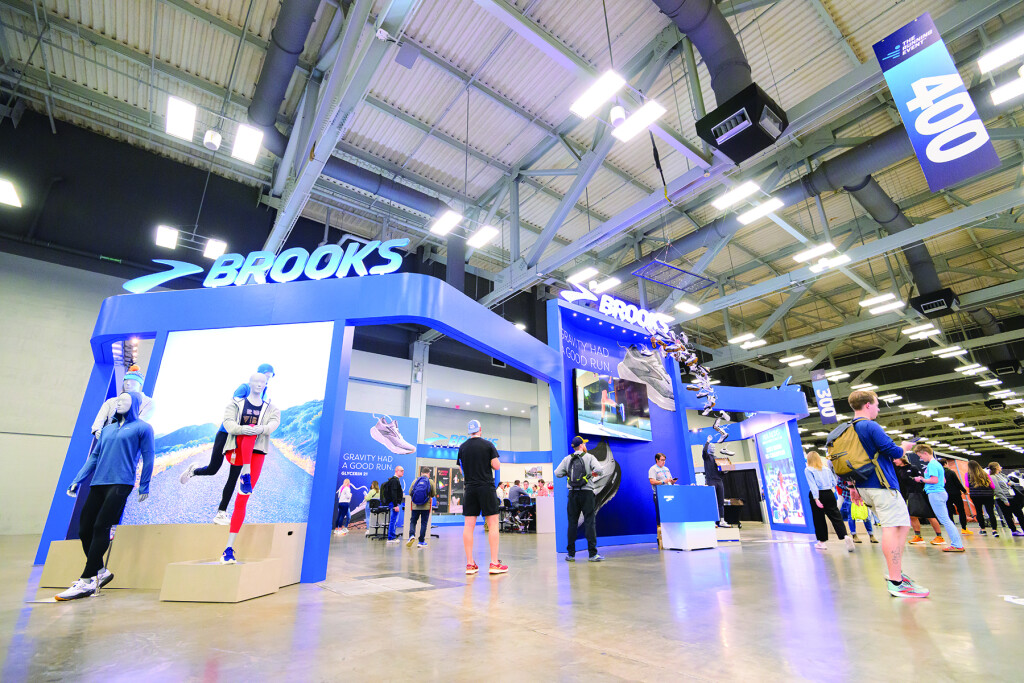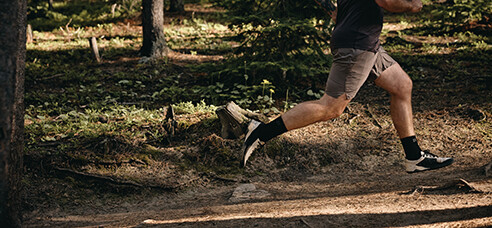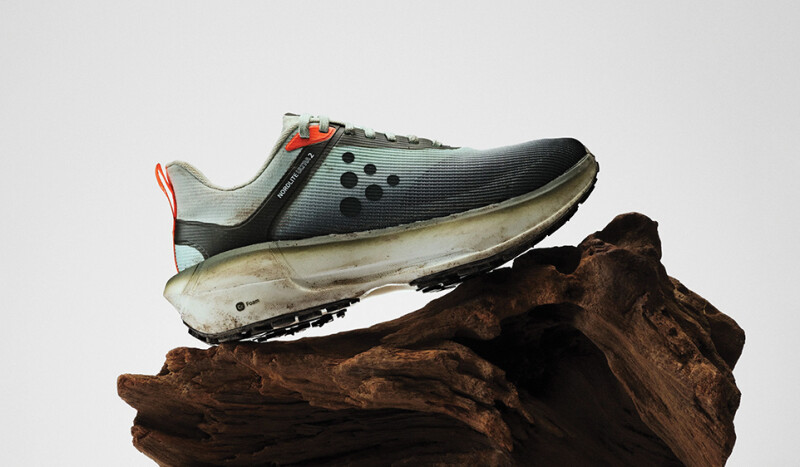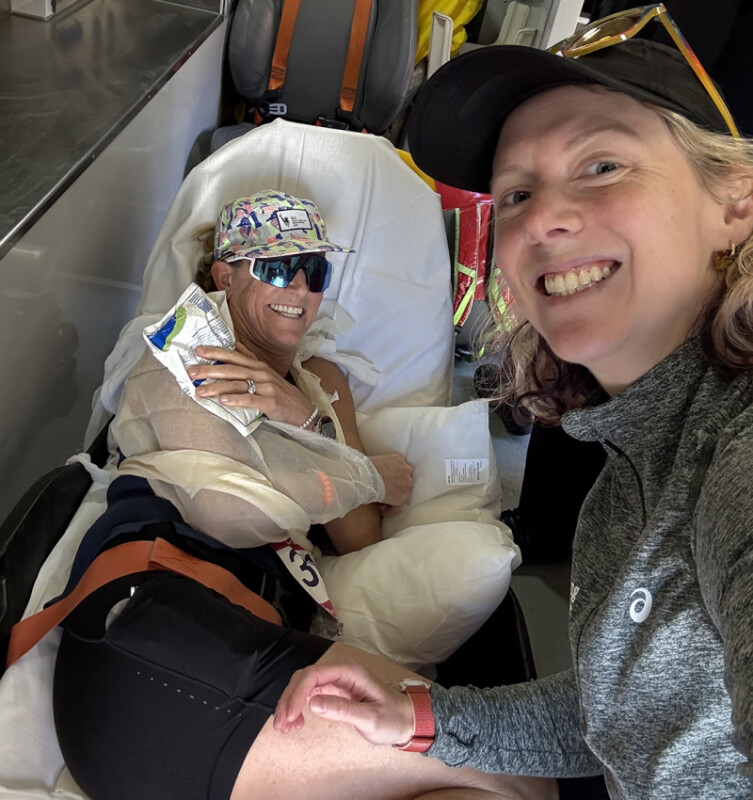Ask Jim Weber and Dan Sheridan about Brooks’ march to the top of the run specialty mountaintop and both of the entrenched Brooks executives share a chuckle.
After all, neither Weber nor Sheridan could have imagined a $1 billion brand in 2001 when Weber was appointed CEO and Sheridan was a sales manager just a few years removed from earning a sociology degree at the University of Washington.
Back then, Brooks was fighting for its livelihood. The Seattle-based company had spit out three CEOs in the previous two years and sat on the brink of bankruptcy with an uninspiring array of inexpensive athletic family footwear Weber himself labeled “barbecue shoes.”
The Minnesota-bred, Ivy League-educated Weber led Brooks to stability, then growth with a singular, unapologetic and enterprising focus on the performance running category – just as it remains today.
In Brooks’ 21st century ascent, the product came first. Signature footwear franchises like the Adrenaline, Glycerin and Beast/Ariel became early hallmarks of the Brooks’ lineup and were later followed by other enticing product releases, such as the Ghost franchise and the minimalistic-oriented Pure Project.
Brooks also invested in the sport, crafting partnerships with the Rock ’n’ Roll Marathon series and the Hansons Olympic Distance Project. Run Happy, meanwhile, became the brand’s rallying cry, a quirky, lighthearted counter to running as a painful, stress-inducing activity.
With its product and purpose leading the way, Brooks became a staple at run specialty stores across the U.S. and the company tripled its domestic business from 2009-2014.
“It was execution and focus,” Weber tells Running Insight during a face-to-face meeting at The Running Event last month. “We cut profits in half and invested.”
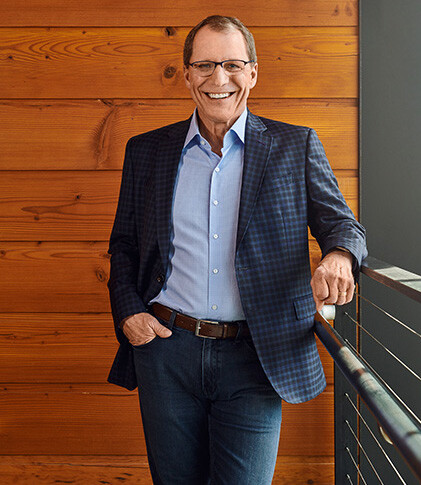
The effort – intense, intentional and concentrated – pushed Brooks to the top spot in specialty run footwear, a position it has now held for more than a decade. In fact, one out of every five adult performance running shoes sold today carries the Brooks logo, according to Circana data.
After first crossing $1 billion in global sales in 2021, Brooks continues surging and should finish 2023 with another all-time revenue high. Through the first three quarters of 2023, global revenues were up five percent over 2022’s record-setting mark.
“It’s been a journey of focus on this category for more than 20 years,” says Sheridan, who has climbed the corporate ladder at Brooks since his 1998 arrival and now serves as the company’s president and chief operating officer.
But enough about where Brooks has been. Though Weber and Sheridan relish that tale, their attention today sits with Brooks’ future and maintaining the brand’s leading spot in performance run, particularly as hungry upstarts like Hoka, On and Altra and longtime rivals such as ASICS, Nike, Saucony, New Balance and Mizuno push for a greater share of the pie with innovative product and compelling stories of their own.
Weber and Sheridan identify two promising opportunities for Brooks: the global run market and the active lifestyle category.
Weber says the U.S. hosts about 155 million runners, walkers, hikers, gym-goers and other active individuals who could benefit from (and might purchase) a well-fitting performance running shoe. But globally, he beams, that same group approaches 500 million. Though Brooks’ international business remains small – approximately 20 percent of its overall business comes from outside North America – Weber expects to grow that figure over the coming years.
In addition to expanding its global reach, Sheridan says Brooks also wants to better capture the active lifestyle crowd and those seeking comfort beyond the road, trail or treadmill. While assuring that Brooks will maintain its “maniacal focus on runners,” Sheridan promises new product innovations and merchandising to this ever-emerging consumer. It’s a reality already apparent in the Ghost Max, a high-comfort model that quickly established itself as one of run specialty’s top-selling models upon its release last fall.
“We haven’t gotten close to maximizing the opportunity for our brand,” Weber says.
On run specialty retail’s place in Brooks’ orbit…
While some performance running brands are prioritizing DTC sales, Weber and Sheridan say Brooks has no such plans. DTC is a piece of the puzzle, of course, but not the foremost objective. The two executives champion a multi-channel strategy rooted in picking the best running retailers to assort the brand’s products.
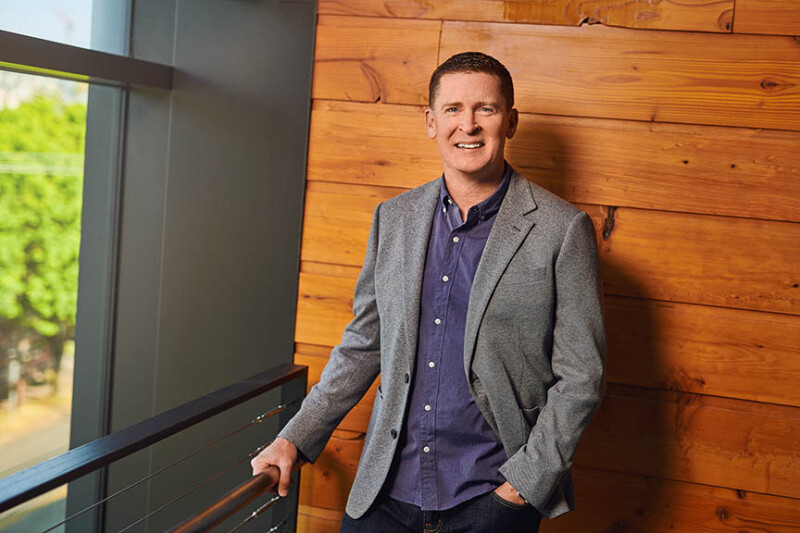
“Wholesale is central to what Brooks does and we’re rooted in run specialty because running is a local phenomenon,” Sheridan says. “You need to be local to generate influence and get your product on people’s feet.”
To that point, brick-and-mortar stores account for half of Brooks’ business.
“To reach runners, you need to be in Spokane and Fort Worth,” Weber says, adding that Brooks will be doubling down on its Guru program, the on-the-ground brand reps tasked to work with local running stores on events and education and trumpet the brand in local markets.
On what the run specialty market will see from Brooks in the coming year...
Expect Brooks to push the pace in 2024, which will include the biggest 12-month product introduction cycle in Brooks history headlined by the Glycerin 21, the Hyperion Elite 4 and some high-end track spikes designed to propel athletes in an Olympic year.
Weber says Brooks is “on offense again” and assures retailers and consumers alike they will “see the best of Brooks” in 2024.
“Every product sale is a jump ball at the shoe wall,” he says. “Everything matters, but it all starts with product.”
Still, Brooks doesn’t intend to saturate the market with footwear. After some supply chain upheaval and pandemic-related lockdowns created out-of-whack inventory levels, Sheridan says things have finally normalized and Brooks and its retail partners can move forward with enhanced clarity.
“We will only place as much supply in the market as we think we can move,” Sheridan says.
